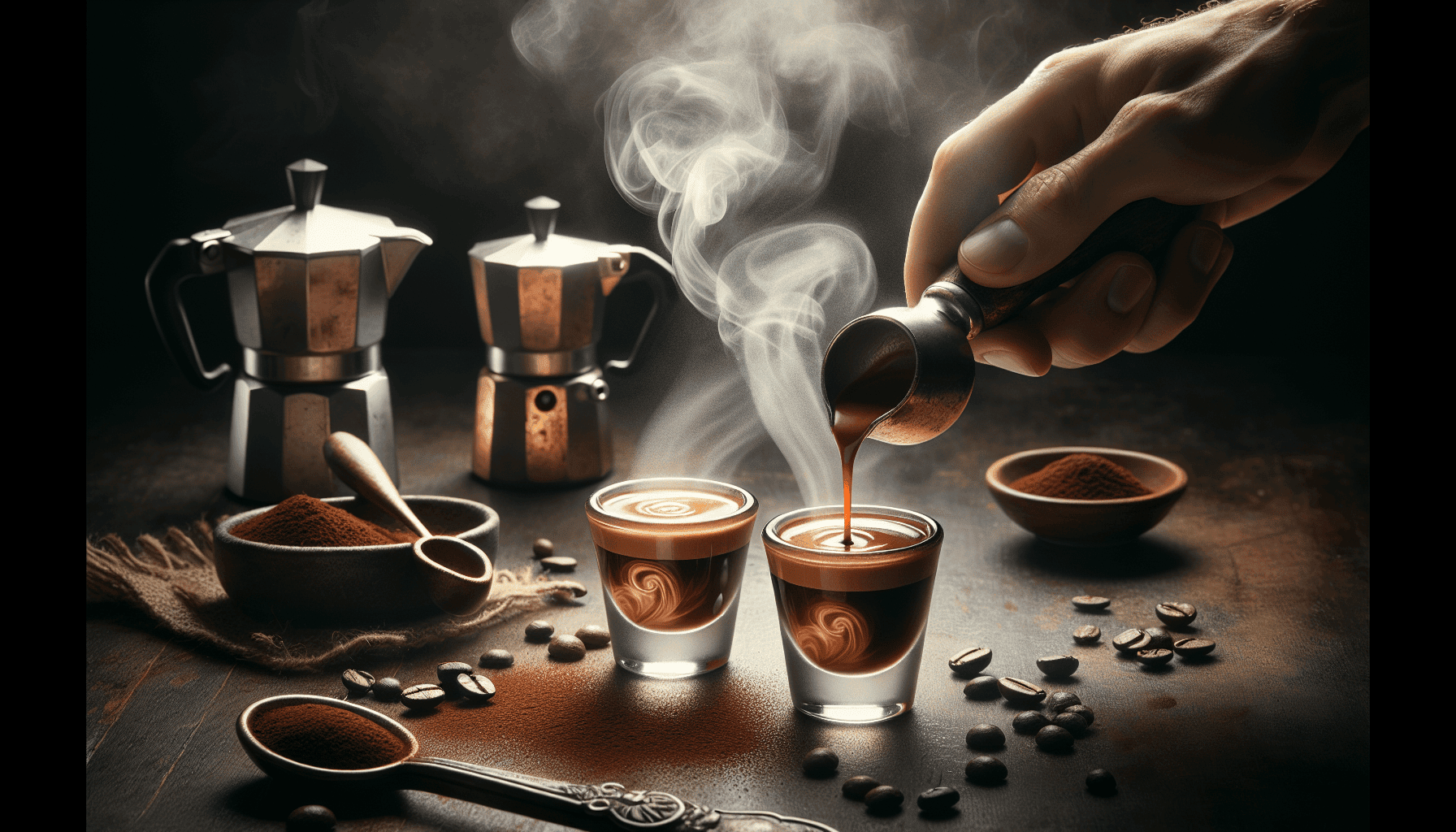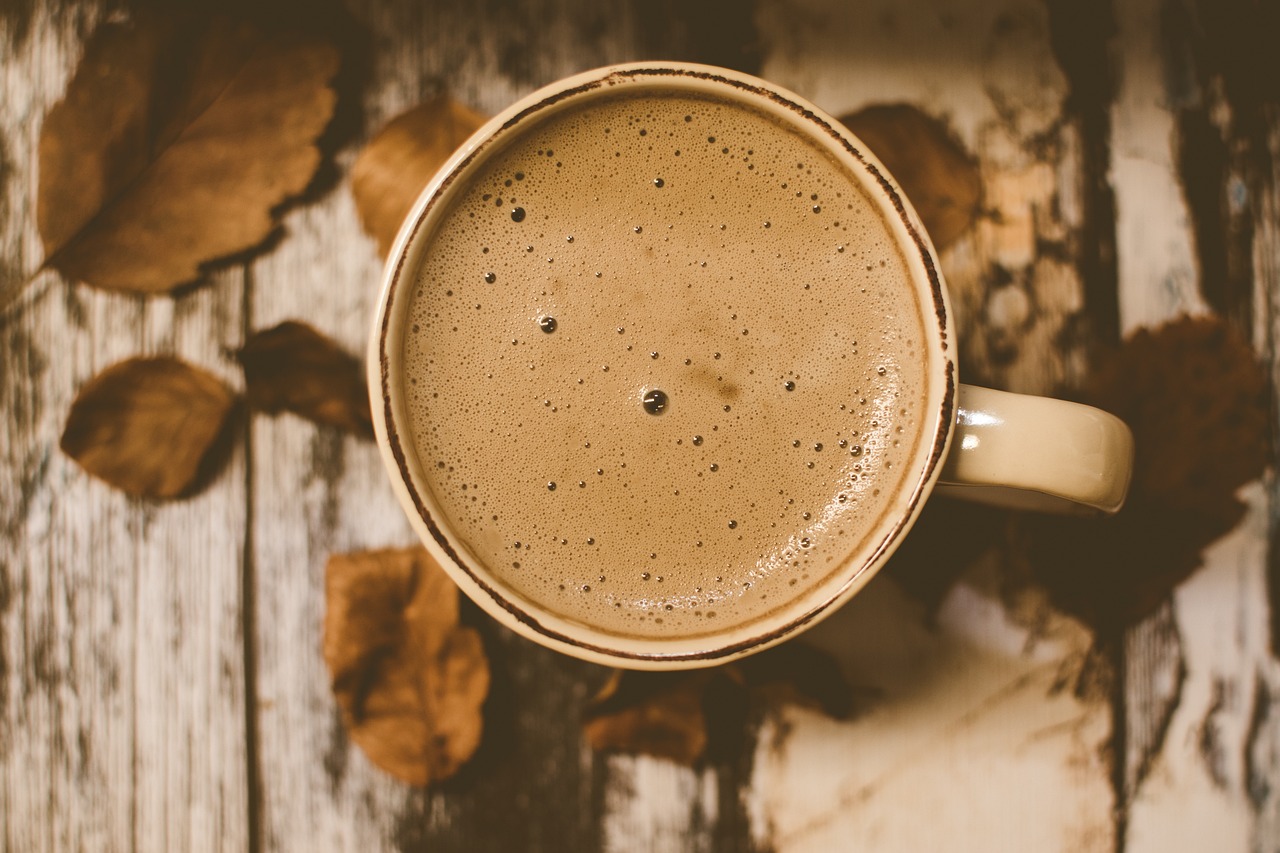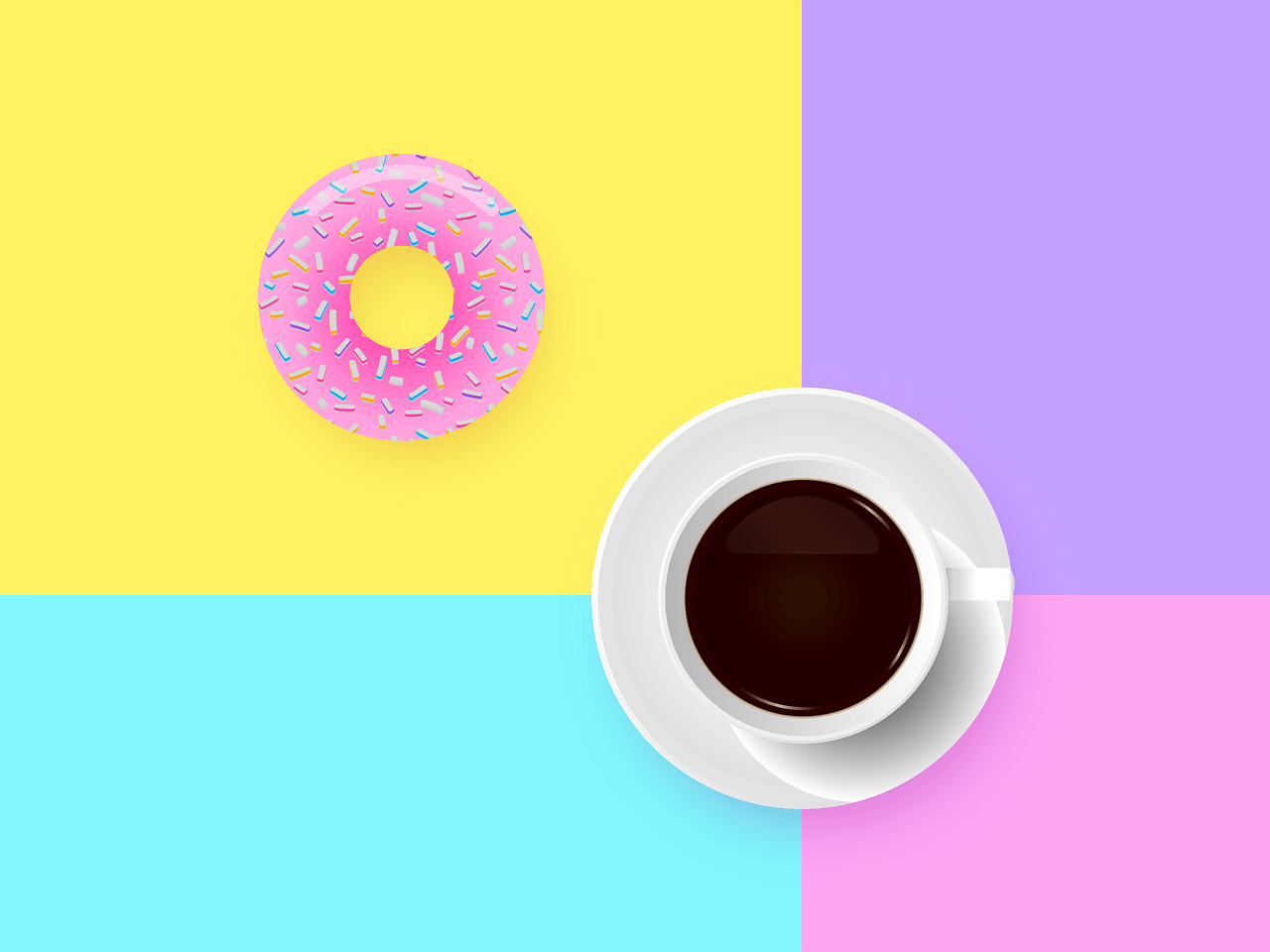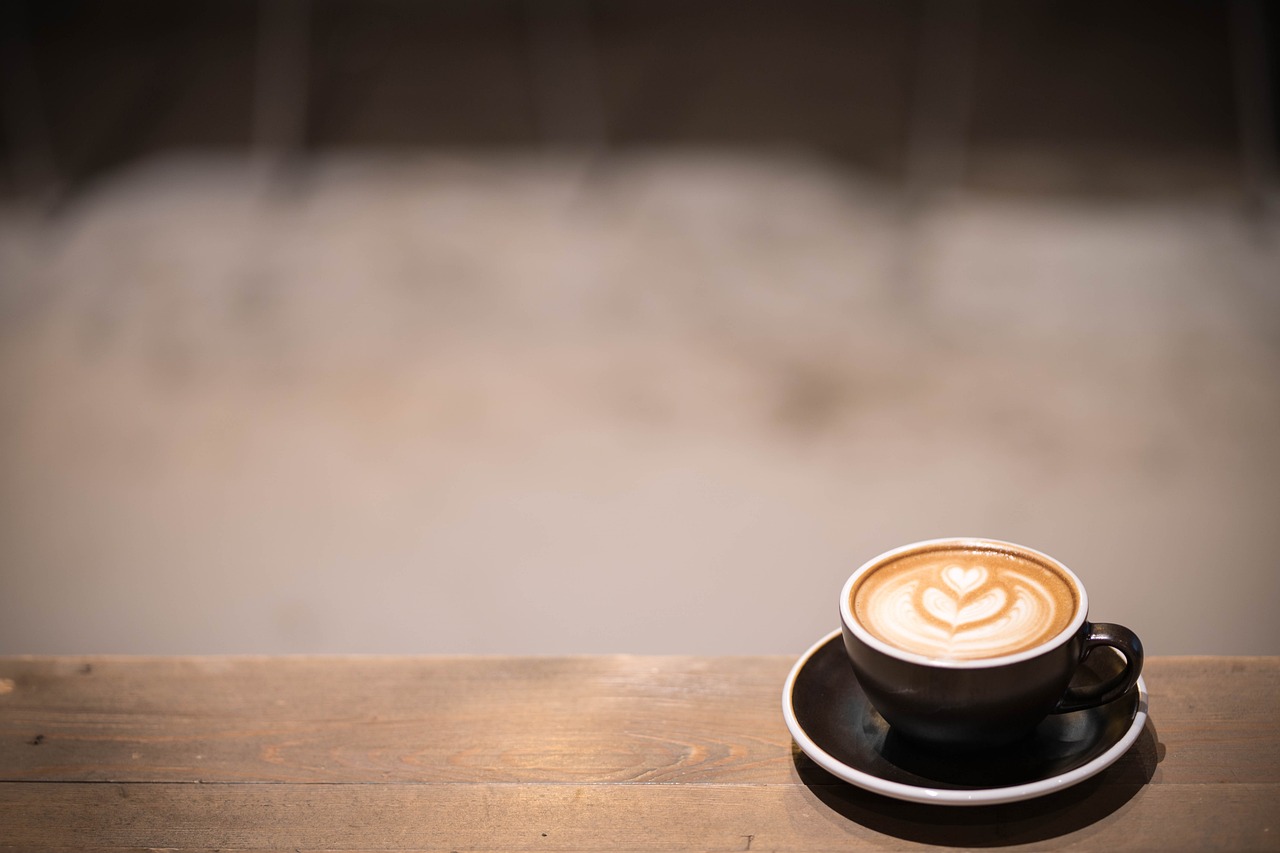How Much Caffeine In Two Shots Of Espresso

Have you ever wondered just how much caffeine is packed into those two shots of espresso you enjoy every morning? Well, prepare to be pleasantly surprised. In this article, we will uncover the truth behind the caffeine content in two shots of espresso, revealing just how much of a jolt you’re really getting to kickstart your day. So, grab a cup of coffee and get ready to have your morning routine caffeinated to a whole new level!

Overview of Caffeine Content
Caffeine is a natural stimulant found in various plants, including coffee beans. It is commonly consumed in the form of coffee, tea, energy drinks, and chocolate. Caffeine affects the central nervous system, providing a temporary boost in alertness and energy. However, it is important to understand the amount of caffeine in different beverages for moderation and personal health management.
Caffeine and Its Effects
When consumed, caffeine stimulates the brain by blocking the effects of adenosine, a neurotransmitter that promotes sleep and relaxation. This leads to increased alertness, improved concentration, and a temporary reduction in fatigue. Additionally, caffeine can enhance athletic performance and boost metabolism. However, excessive caffeine consumption may result in side effects like restlessness, increased heart rate, and irritability.
Measurement of Caffeine Content
The caffeine content of beverages can vary significantly, depending on factors such as brewing method, serving size, and the type of coffee bean used. To determine the exact amount of caffeine in a beverage, it is necessary to measure it using laboratory methods. These methods involve extracting caffeine from the sample and analyzing it through techniques like high-performance liquid chromatography (HPLC).
Amount of Caffeine in Espresso
What is Espresso?
Espresso is a concentrated coffee beverage made by forcing hot water through finely ground coffee beans. It is brewed using an espresso machine, which applies high pressure to extract the coffee flavors efficiently. The result is a rich and intense coffee shot that forms the base for various popular coffee drinks like cappuccinos and lattes.
Standard Espresso Serving Size
Traditionally, a single shot of espresso is served in a small cup or demitasse, which typically holds around 1 ounce (30 milliliters) of liquid. This small serving size is intentional, as espresso is highly concentrated and meant to be enjoyed in small amounts.
Caffeine Content in Single Espresso Shot
On average, a single shot of espresso contains approximately 63 milligrams of caffeine. However, it is important to note that this can vary depending on the type of coffee bean, the roasting process, and the brew time. Factors such as the grind size and water temperature can also influence the caffeine content of a shot of espresso.
Two Shots of Espresso
Serving Size of Two Shots of Espresso
If you prefer a stronger coffee experience or require a larger caffeine boost, you may opt for a double shot of espresso. This involves brewing two shots of espresso instead of one, resulting in a larger serving size. Typically, a double shot of espresso is served in a slightly larger cup, holding around 2 ounces (60 milliliters) of liquid.
Total Caffeine Content in Two Shots
When consuming two shots of espresso, the total caffeine content effectively doubles compared to a single shot. Therefore, consuming two shots of espresso will provide an average caffeine intake of around 126 milligrams. It is crucial to be aware of this higher caffeine content when managing your overall caffeine consumption.
Factors Affecting Caffeine Content
The caffeine content in espresso can be influenced by various factors during the coffee bean’s journey from seed to cup. Understanding these factors can help contextualize and appreciate the variations in caffeine content that different espressos can offer.
Coffee Bean Type
Different varieties of coffee beans can have varying caffeine contents. Arabica beans, considered to offer a higher quality and more nuanced flavor profile, typically contain slightly less caffeine compared to Robusta beans, which are known for their higher caffeine content.
Roasting Process
The roasting process can affect the caffeine content of espresso. Generally, the longer a coffee bean is roasted, the more caffeine is lost. Therefore, a darker roast may result in slightly lower caffeine content compared to a lighter roast.
Grind Size and Brew Time
The grind size of coffee beans and the duration of the brew can also impact caffeine extraction. Finer grinds tend to result in higher caffeine concentrations, while longer brew times may lead to more thorough caffeine extraction.
Water Temperature and Pressure
The temperature and pressure used during the brewing process can influence the caffeine content in espresso. Higher temperatures and greater pressure can enhance caffeine extraction, resulting in a higher concentration of caffeine in the final shot.

Comparison with Other Caffeinated Beverages
Caffeine Content Comparison
When comparing the caffeine content of espresso to other caffeinated beverages, it is important to consider serving sizes. While the caffeine content of espresso per ounce may be higher than other beverages, the smaller serving size typically means that the overall caffeine intake may be lower.
Espresso vs Coffee
A standard 8-ounce cup of coffee typically contains around 95 milligrams of caffeine, while a double shot of espresso contains approximately 126 milligrams. However, it is crucial to note that the volume of coffee consumed in a sitting is often significantly higher than the volume of espresso, resulting in a potentially higher overall caffeine intake when consuming coffee.
Espresso vs Energy Drinks
Energy drinks, known for their high caffeine content, can contain varying amounts of caffeine depending on the brand and serving size. While some energy drinks may have similar or even higher caffeine content than espresso, it is essential to be cautious of the additional ingredients, such as sugars and additives, that they often contain. Moderation and understanding personal tolerance are vital when considering energy drinks as an alternative to espresso.
Tolerable Daily Intake
Recommended Daily Caffeine Intake
The recommended daily caffeine intake varies depending on several factors, including age, overall health, and any pre-existing medical conditions. For most healthy adults, consuming up to 400 milligrams (approximately four shots of espresso) of caffeine per day is considered safe and manageable. However, individual tolerance levels may differ, and it is essential to listen to your body’s signals and adjust your caffeine consumption accordingly.
Factors Influencing Tolerance
Several factors can influence an individual’s tolerance to caffeine, including genetics, body weight, overall health, and regular caffeine consumption habits. Some people may be more sensitive to the effects of caffeine and may need to consume less to avoid negative side effects. It is important to be mindful of your own tolerance levels and make informed choices about your daily caffeine intake.

Health Effects of Caffeine
Positive Effects
Caffeine can provide several potential benefits when consumed in moderation. It can enhance cognitive function, increase alertness and focus, improve physical endurance, and even elevate mood and reduce the risk of certain diseases, such as Parkinson’s disease and certain types of cancer. These positive effects make caffeine a popular choice for many individuals to kickstart their day or power through a busy schedule.
Negative Effects
While moderate caffeine consumption is generally safe for most individuals, excessive or prolonged use can lead to negative effects. These may include increased heart rate, elevated blood pressure, restlessness, anxiety, digestive issues, and disrupted sleep patterns. It is essential to listen to your body’s signals and adjust your caffeine intake accordingly to avoid these potential side effects.
Caffeine Sensitivity
Individuals may vary in their sensitivity to caffeine, with some being more susceptible to its effects than others. Factors like age, gender, metabolism, and overall health can influence caffeine sensitivity. If you find that even small amounts of caffeine negatively affect your sleep or create other discomforts, consider reducing your intake or opting for decaffeinated alternatives.
Caffeine and Sleep
Caffeine’s Impact on Sleep Quality
Caffeine has been shown to disrupt sleep patterns by stimulating the central nervous system and delaying the onset of sleep. The effects of caffeine can last for several hours, and even moderate consumption in the late afternoon or evening can interfere with falling asleep and obtaining adequate rest. It is recommended to avoid consuming caffeine close to bedtime to ensure a good night’s sleep.
Effects on Sleep Duration
Caffeine not only impacts sleep quality but can also affect the duration of sleep. Individuals who consume caffeine close to their bedtime may experience shortened sleep duration, leading to daytime sleepiness and impaired cognitive function. It is important to be mindful of the timing of caffeine consumption to maintain a healthy sleep routine.

Tips for Managing Caffeine Intake
Alternatives to High-Caffeine Drinks
If you find yourself consuming too much caffeine or wanting to cut back, there are numerous alternatives to consider. Herbal teas, such as chamomile or peppermint, offer a soothing and caffeine-free option. Additionally, infusing water with fresh fruits or enjoying naturally flavored beverages can provide a refreshing choice without caffeine.
Decaffeinated Options
If you enjoy the ritual and taste of coffee or tea but want to reduce your caffeine intake, decaffeinated options are available. Decaffeinated coffee and tea undergo processes that remove a significant portion of their caffeine content while retaining much of their flavor. These products can be a suitable choice for those looking to moderate their caffeine consumption.
Managing Consumption for Better Sleep
To maintain healthy sleep patterns, it is recommended to limit caffeine consumption, particularly in the afternoon and evening. Be mindful of the overall amount of caffeine you consume throughout the day and consider gradually reducing your intake if you experience sleep disturbances. Establishing a wind-down routine in the evening, such as enjoying a relaxing herbal tea or engaging in calming activities, can help prepare your body for restful sleep.
Conclusion
Understanding the caffeine content in espresso is essential for managing personal caffeine consumption. While a single shot of espresso contains approximately 63 milligrams of caffeine, consuming two shots doubles the caffeine intake to around 126 milligrams. Factors like coffee bean type, roasting process, grind size, and brewing parameters can affect caffeine content. When comparing espresso to other beverages, it is vital to consider serving sizes. The recommended daily caffeine intake is up to 400 milligrams for most healthy adults, but individual tolerance levels may vary. It is essential to be mindful of your caffeine sensitivity, potential health effects, and its impact on sleep. By managing your caffeine intake and making informed choices, you can enjoy the benefits of espresso while promoting overall well-being.
